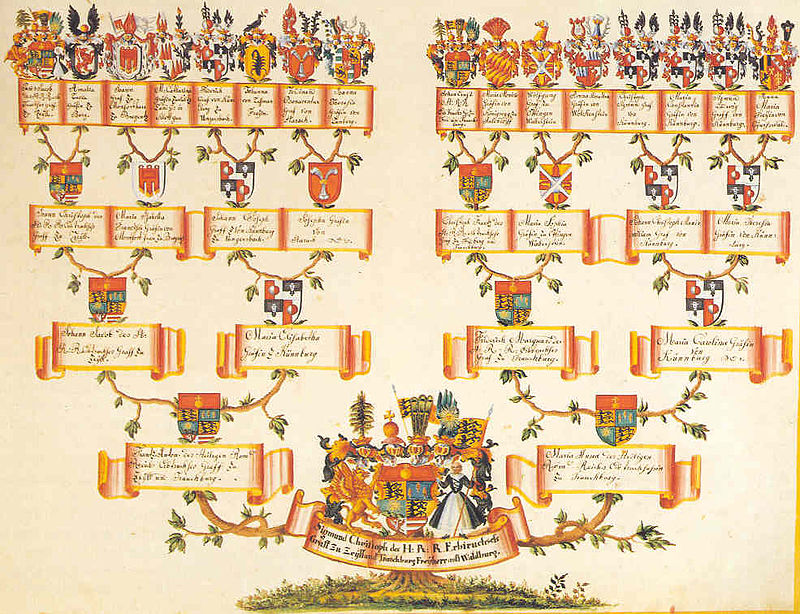Introduction to recursion
Hierarchical and Recursive Queries in SQL Server

Jasmin Ludolf
Content Developer
What is recursion?
Recursion is the use of a procedure, subroutine, function, or algorithm that calls itself one or more times until a specified condition is met

Real-world example for recursion
Family Tree - Find all fathers for the last 5 generations
- Reduce the problem to a smaller problem of the same type
- Whole problem: Find all five generations
- Small problem: Find the father, find the father of the father, ...
- Limit the number of steps

Facts about recursion
Advantage:
- Solve problems in a recursive way
- Easy to read and follow
- Recursion could be limited by the termination condition
Disadvantage:
- Slow execution time
Recursion example - Sum of numbers
Mathematical definition
The sum of consecutive numbers is defined recursively as follows:
number = 1
for iteration = 1
number = number + (iteration - 1)
for iteration > 1
The sum of numbers to 5 is:
1+2+3+4+5 = 15
Recursion example - Sum of numbers
- Recursion with SQL: Common Table Expression - CTE
WITH calculate_SumOfNumber AS ( -- Initial Query SELECT 1 AS iteration, 1 AS SumOfNumberUNION ALL -- Recursive Part SELECT iteration + 1, SumOfNumber + (iteration + 1) FROM calculate_SumOfNumberWHERE iteration < 6 )SELECT SumOfNumber FROM calculate_SumOfNumber
Let's practice!
Hierarchical and Recursive Queries in SQL Server

